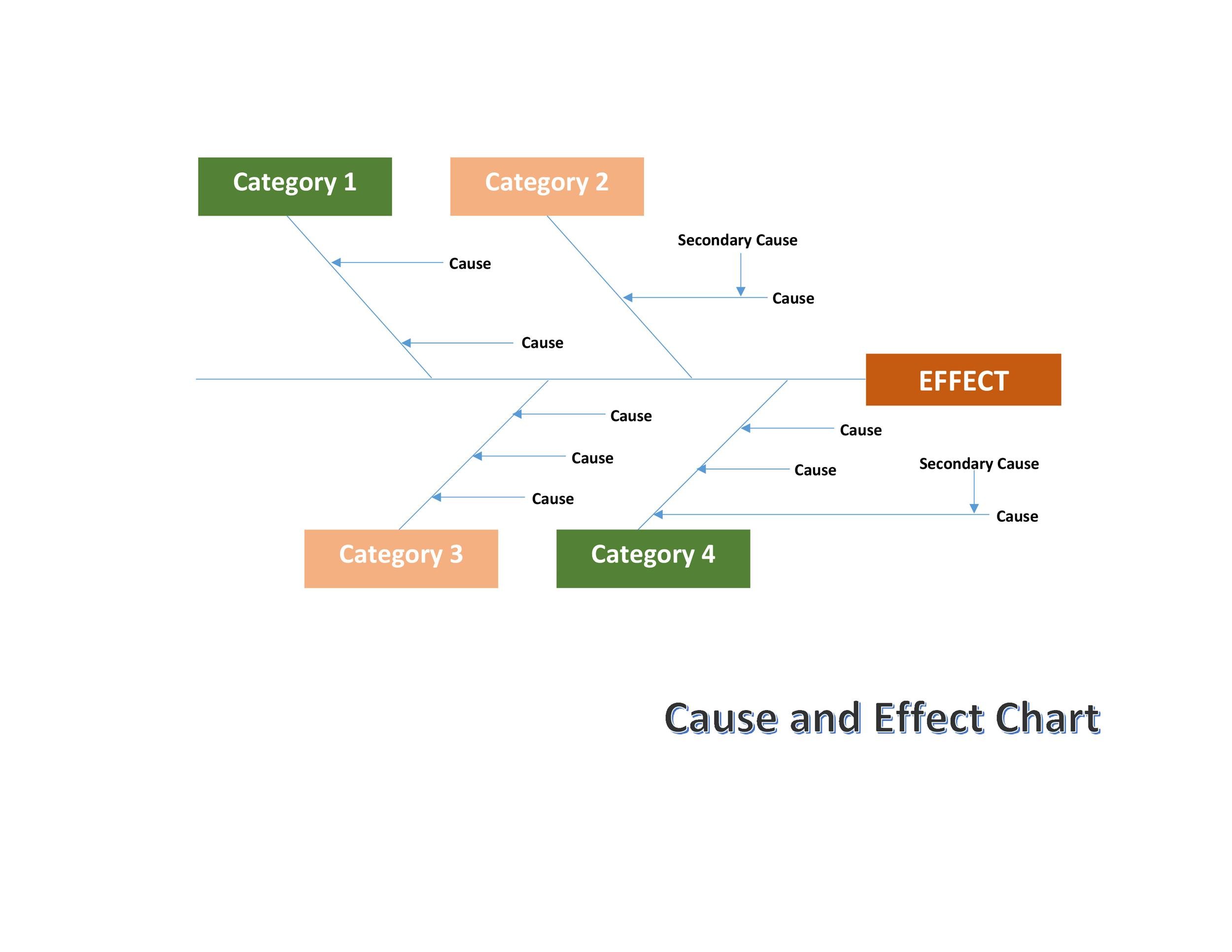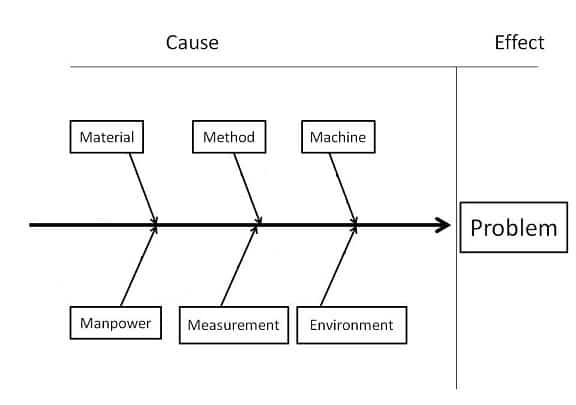
Solve Your FMEA Frustrations ( Quality Progress) Despite failure mode and effects analysis (FMEA) being a simple concept, in practice, variations in process and competency exist. Reassure your team that it can easily perform 8D-all that must be done is fit routine problem solving into the eight disciplines. Get the Whole Picture ( Quality Progress) Two healthcare programs used systems thinking, which helps you analyze how multiple processes fit together and work in tandem, to improve service to patients, save money, and cut waste.Ī Disciplined Approach ( Quality Progress) Nothing causes anxiety for a team quite like the release of a corrective action preventive action (CAPA) system and accompanying eight disciplines (8D) model. This column describes tips for using traditional quality tools in nontraditional applications. The authors explore how digitizing one of the seven basic quality tools-the fishbone diagram-using mind mapping can significantly improve the More New Twists On Traditional Quality Tools And Techniques ( Journal for Quality and Participation) Quality tools and techniques have been developed over the years with specific purposes in mind. Booksįailure Mode And Effect Analysis Articlesįish(bone) Stories ( Quality Progress) Today’s technology makes it easier than ever to communicate complex concepts more clearly, which is why older, "analog" quality methods should be digitized. You can also search articles, case studies, and publications for quality tool resources. By using unique symbols for each source, you can view data sets independently or in correlation to other data sets. Stratification diagram (Excel) Analyze data collected from various sources to reveal patterns or relationships often missed by other data analysis techniques. If a relationship exists, the input is correlated to the output. Scatter diagram (Excel) This tool shows the relationship between an input, X, and the output, Y. The process of creating an interrelationship diagram can help groups analyze the natural links between different aspects of a complex situation. Relations diagram checklist, template, and template instructions (DOCs and PDF) Mainly used to identify logical relationships in a complex and confusing problem situation, the strength of an interrelationship diagram is its ability to visualize such relationships. Pareto chart (Excel) Use this quick and very basic tool to capture and analyze problem occurrences. Histogram (Excel) Analyze the frequency distribution of up to 200 data points using this simple-but powerful-histogram generating tool. Gantt chart (Excel) This tool can be used in process planning and control to display planned tasks and finished work in relation to time. The resulting diagram illustrates the main causes and subcauses leading to an effect (symptom).įlowchart (Excel) Create a graphical representation of the steps in a process to better understand it and reveal opportunities for improvement.


Joseph, MO.įailure Mode and Effects Analysis (FMEA) (Excel) Use this template to evaluate the potential failure of a product or process and its effects, and then identify actions that could eliminate or reduce the occurrence of the potential failure.įishbone (cause-and-effect) diagram (Excel) Analyze process dispersion with this simple, visual tool. The downloadable spreadsheet includes separate tabs with instructions, a template, and an example from Heartland Regional Medical Center, St.

Fishbone diagram (also called Ishikawa diagram or cause-and-effect diagram).Failure mode effects analysis (FMEA) template ( XLS).Design of experiments (DOE) template ( XLS).Control chart (also called Shewhart chart).Cause-and-effect/Ishikawa/fishbone diagram template ( XLS).Cause-and-effect diagram (also called Ishikawa diagram or fishbone diagram).


 0 kommentar(er)
0 kommentar(er)
